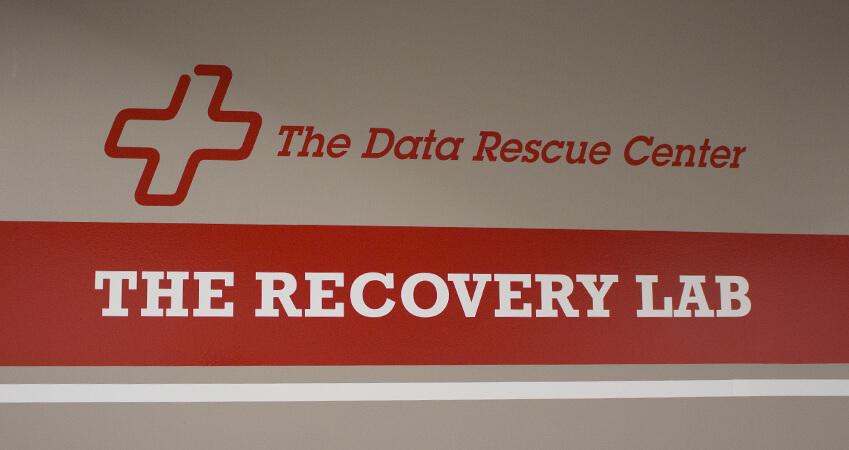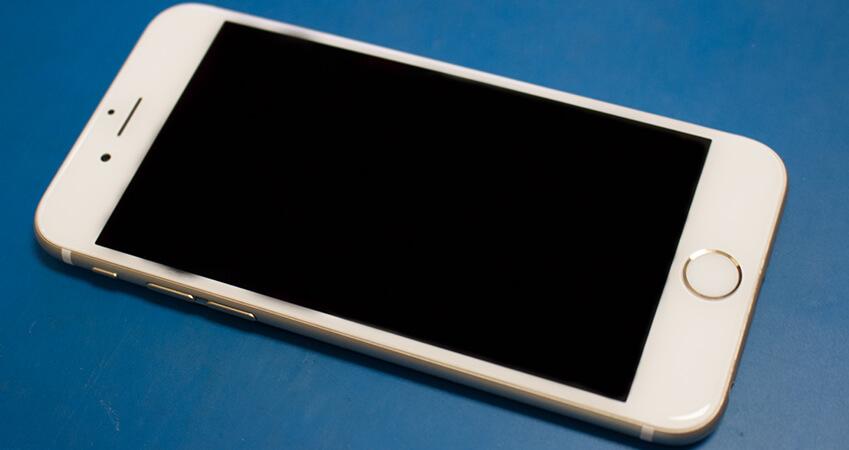Data Recovery on an iPhone - Is It Possible?

If you lost data on an iPhone, can those pictures be recovered? The answer is a clear “it depends”.
As the iPhone (and, consequently, the iPod Touch and now also the iPad) are part of Apple’s closed ecosystem, you as the user don’t have full access to the file system and -more importantly- cannot read or write directly to the flash memory where all of your information is stored.
In addition, any app on your iPhone is “sandboxed” and doesn’t have full access to the file system, let alone direct flash memory access, and thus cannot check for your deleted data, which is why there cannot be a tool like Data Rescue (which we offer for the Mac or PC) on the iPhone. With the upcoming change to the Apple File System, more recovery options can become available but, this early in development, it’s hard to tell.

What happens when you delete information on your iPhone (similar to a regular hard drive) is that the entry in the file system is removed and the part on the flash memory that holds the actual information is added to the pool of free space, ready to be overwritten again by any kind of data. So even through normal use, for example if you browse the web on your iPhone, the temporary files that get generated could already irrevocably overwrite the data you would like to get back.
Recent Advancements Make Recovery Possible
Does that mean no data recovery is possible on iPhones? In the past the only way to attempt a recovery was by jailbreaking the phone, which would allow us to install certain software that in turn gives us direct access to the flash memory, and thus potentially recover the data you are after. Realistically, however, the chances of actually finding your deleted data was fairly slim, especially if your device is more or less full of data (music, videos, photos). The chances of your lost data not being overwritten through normal operation tend to become zero quite quickly.
However, in the past year, more and more tools have become available that grant root access to your device, which will allow us to recover the data which is stored on your phone. In the latest recovery we performed on an iPhone we were able to repair the damaged components of the phone to recover all of the Pictures, Videos, Notes, Calendar Events, Phone Contacts, as well as the Messages from the phone.
If you were told in the past that a phone was no longer recoverable by any recovery lab, it may be time for a second attempt.
How the Process Works
The Data Rescue Center offers a free diagnosis and quote within 1-2 business days after receiving the phone. This diagnosis is going to break down whether or not we believe we can access the data, as well as what we believe is wrong with the phone.
The quote will provide an itemized breakdown of the recovery costs, however no payment will be required until we have been able to verify that the data has been recovered. If we believe your phone is recoverable, but we are unable to access the data, you will not be charged for any of the recovery services; you will just need to either pickup your phone or provide a shipping address for us to return it to. This is a risk- and obligation-free diagnosis; at the very least you will know what is wrong with your device.
If you have any questions when you receive your Diagnosis and Quote, we suggest giving us a call so we can go over the results of the evaluation and help answer any questions or concerns you may come across. We have representatives standing by from 6am to 5pm, Monday through Friday.
After receiving your diagnosis, and in order to approve the recovery, we will need a credit card on file. This card will not be billed until we have been able to verify that all the data has been recovered from the problem device. Once we receive confirmation from you to approve the recovery, the standard recovery time is normally between 7-10 business days (with rush services available). The recovery can be longer or shorter depending on the severity of the damage, and whether or not we need to source replacement parts to perform the recovery.
Throughout the recovery process we encourage you to email or call in if you ever have any questions or would like to receive a status update.
When we are working on your device we are not going to be able to get the phone back into a working condition. We are only going to repair the device until we can gain access to the data, and then we will transfer all of the data onto an external hard drive. We will not replace your screen or battery, and replacement parts used throughout the recovery process will be stored for future recoveries.
The final stage of the recovery process is the verification stage. We will run software in-house that will tell us the success of the recovery, however we also like to do a verification with the customer to double check on any important files and ensure they are present before we consider the device recovered successfully.

Once the recovery has been deemed successful, we will bill the card on file (or you can provide a new payment method) and have the drive prepared to be shipped or picked up. We can either return your damaged device or we can recycle the device on our end for no charge through our E-Waste system. If you decide to have your device recycled through us, all of your data will be securely erased from the device before being destroyed.
When the recovery is completed we will keep a cloned copy of your data within our vault for 30 days. Once you receive your drive, we recommend you look through it to ensure that all of the data you were expecting to see on the drive has been recovered. If any data is missing, or the return drive is lost or damaged in shipment, we will transfer your data from our clone and attempt to send you the data again.
How Can I Avoid Losing My Data In the Future?
There is no way to be 100% safe from data loss. Even customers who have done everything to protect themselves from a data loss can still be affected. This is why we will always preach “backups, backups, backups”. Running just a single backup will increase your security immensely, however we still suggest you backup your data multiple times as well as have the backup stored in multiple locations.
For example, on my system, I run a weekly backup on Fridays that backs up to an external drive I have connected on the same desk as my regular system. This backup is just for backing up my user data, such as documents and files. I also run a cloud-based backup, which is run every Friday as well; this is convenient because it makes my data accessible from multiple systems. However, since I do not have physical access to the data with this type of backup, I still like to have my external backup drive in case I need access to my files when I do not have an Internet connection.
Always Check Your Backups!
More important than running a backup is checking in on your backups. It is more common for us to have a customer come into our lab who thought they were running a backup, than to have a customer who has never setup a backup. The common trend is that it has been a year or more since the last backups were run.
We understand it is easy to forget to backup your data, and easy to assume it will never happen to you. But in our experience, if you are able to save your data just once, all of the time you spent setting up your backup will be well worth it. In today’s marketplace there are data backup solutions that will automate your backup procedure; so there is no better time than now to start setting up your backups.
About the Author
Matt W.
My name is Matthew and I am a Technical Support Representative for Prosoft Engineering as well as our sister company, The Data Rescue Center. I am a people person and it is my passion to help others successfully use, and maximize the potential of their hardware and software.